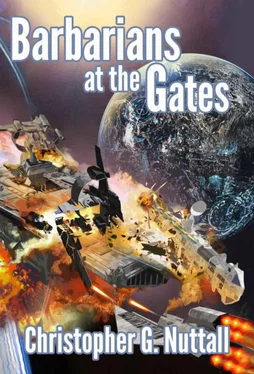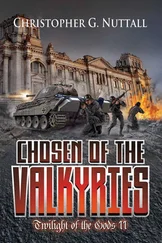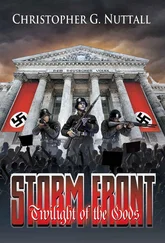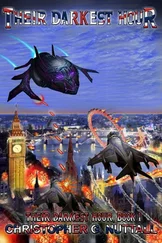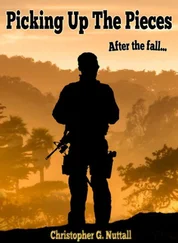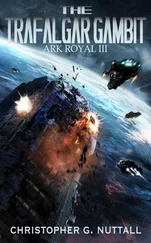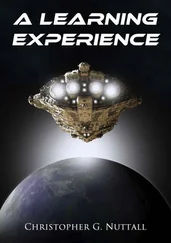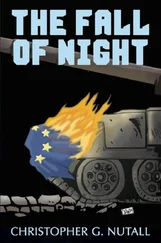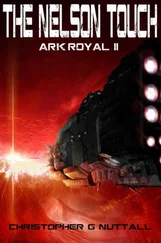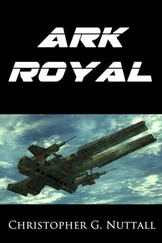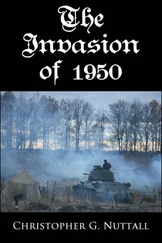No, Admiral Justinian had to take Boskone. There was no other alternative.
* * *
“We are receiving the data download from the drones now,” Caitlin said. “Drake’s forces have secured the system.”
Admiral Justinian nodded. There had been many delays while they’d been struggling to prepare for the grand offensive. Far too many of his superdreadnaughts had needed repairs before they could be sent back into action; even though the repairs hadn’t taken long, they had gobbled up time. He’d lost his chance to cut Admiral Drake off from the Core Worlds, which was why he and his forces had come to Boskone instead.
He had to defeat Admiral Drake’s force before he could achieve his overall objective: Earth.
“Launch the first assault wave,” he ordered. By now, his entire fleet should have seen the sensor recordings taken by the drones. “They are cleared to engage at will.”
* * *
“Captain, we have multiple small contacts transiting the Asimov Point,” Sultana reported. “The CSP is moving to intercept.”
Roman nodded, feeling tension rise on the bridge. He hadn’t expected to remain in command, not when Admiral Mason had made his attitude clear with every word he’d said. But by regulation, the captain was the supreme master of his own ship—and even a lowly ensign could issue orders to an admiral when he happened to be sitting in the Captain’s Chair. And yet, it would be a brave or foolish ensign who presumed to issue too many orders to an admiral. If Admiral Mason had been in the command track, he would presumably have relieved Roman a long time ago.
“Launch the ready fighters upon command,” he ordered. Enterprise was hanging well back from the Asimov Point, surrounded by a score of destroyers and the other fleet carriers. There was no point in exposing a carrier, even Enterprise , to the maelstrom that was about to envelop the Asimov Point. Besides, Enterprise wasn’t in good fighting trim and wouldn’t be until she saw a shipyard. “And then…”
“Admiral Mason is issuing orders for the fighters to withdraw,” Sultana said suddenly. “They’re pulling back from the Asimov Point…”
* * *
Standard military doctrine stated that a single starship that transited into an Asimov Point would immediately find itself under fire from the point’s defenders. The Federation Navy had learned that rule during the First Interstellar War, and then relearned it in the opening battles of the Blue Star War. Conventional doctrine, therefore, ordered the use of heavy antimatter bombardment to remove any mines and enemy starfighters covering the Asimov Point before sending the main body of the fleet through the gateway.
Marius watched as the brilliant white light of antimatter detonations started to flare out through the Asimov Point. He’d mined the point as much as possible—there had only been a small supply of mines on hand available to work with—but all of the mines were now being cleared by Justinian’s forces, along with a handful of starfighters that hadn’t swerved in time. He made a mental note to commend Admiral Mason for his quick reaction.
The bombardment was, if anything, growing in intensity. The constant barrage was wearing down his sensors and disrupting his plans, even before the battle proper began.
“Admiral, we’re picking up superdreadnaughts transiting the point,” the sensor officer reported. “I believe they’re ECM drones.”
Marius turned to look at him. “How can you be sure?”
“The sensor returns keep flickering,” the sensor officer reported. “Real superdreadnaughts don’t flicker.”
“Pass the word to the remaining mines,” Marius ordered. “Hold them back from engaging the drones unless we’re certain that they’re real superdreadnaughts.”
“Aye, sir,” the sensor officer said.
It was one of the variants they’d rehearsed during the desperate struggle to prepare a defense strong enough to give Admiral Justinian pause. Even so, it carried its own risks. They might mistake a real superdreadnaught for a drone long enough to let it get its shields up and start launching missiles. On the other hand, once the newcomer did open fire, there would no longer be any doubt about its reality.
For a long moment, the intensity of the bombardment seemed to fade, winding down to nothing. And then the first starships appeared.
* * *
“Captain, we have multiple starships transiting the Point,” Sultana reported. “They’re definitely real this time; light cruisers and destroyers, opening fire on the remaining mines.”
Roman nodded. The real battle had begun—and they were little more than helpless spectators. Enterprise was simply too far from the battle to take any meaningful role, at least as anything other than a fighter platform. The battle would be fought by others. He felt helpless…and guilty. Others were going into danger and he was safe, watching while they died.
* * *
The enemy light cruisers opened fire the moment they appeared, sweeping through the remaining mines before they could retarget themselves on the cruisers. A number died almost at once as automated weapons platforms opened fire, expending themselves frantically to kill the cruisers before they were picked off themselves. The CSP followed, flashing back into the combat zone and launching missiles towards the cruisers before the cruisers could bring up their datanets and fight as a single entity. All but three of the cruisers died in the first five minutes of the engagement, but in doing so they cleared the path for the heavier ships.
“Admiral, we have four heavy bulk freighters transiting through the Asimov Point,” the sensor officer reported. “They’re…”
Marius exchanged a puzzled glance with the tactical officer. Bulk freighters were hardly warships, although in the opening years of the Inheritance Wars they’d soaked up missile strikes from warships before the widespread use of compressed antimatter. There was no rhyme or reason to using them in the assault, which meant…what? Were they loaded with antimatter?
“Check that—they’re carriers, sir,” the sensor officer corrected himself. “They’re launching starfighters now.”
Marius scowled. Converting freighters into carriers was an old tactic, although the makeshift carriers were nowhere near as flexible as properly-designed carriers. Admiral Justinian clearly didn’t want to risk his remaining carriers in a direct assault on the Asimov Point. It reminded Marius of his other actions, where conservation of force was placed ahead of tactical considerations, even the opportunity to destroy most of the Retribution Force.
“Order the CSP to move in and destroy,” Marius ordered tightly. He studied the possibilities for a moment, then made up his mind. “The Forty-Fifth Squadron will advance and engage the enemy carriers.”
“Aye, sir,” the communications officer said.
Marius barely heard him. There was a second possible reason for using bulk freighters as starfighter carriers, to lure the superdreadnaughts forward where they could be engaged by antimatter-loaded drones or even superdreadnaughts jumping through the Asimov Point. If Marius lost his superdreadnaughts, his fleet would be defeated. There was no way around that, nor did he have the fixed defenses necessary to hold without his mobile units. The Core Worlds would only be hearing about the first defeat now—it would be weeks, at least, before they forwarded reinforcements to his fleet. If, of course, they sent any at all.
He watched coldly as the single superdreadnaught squadron moved forward and opened fire, targeting the bulk freighters before they could turn and escape through the Asimov Point. Once they were destroyed, the enemy starfighters would be trapped, unable to retreat without another carrier to carry them back through the Asimov Point. They’d have to surrender, or die once their life support ran out.
Читать дальше
